I'm trying to learn c++ and I found this awesome graphic to help me understand how content is stored across multiple addresses.
So, would it be true to say that if I created a pointer to sum like int* p = &sum that the address would be 90000000. And if that's the case, what value would I get if I tried to dereference a pointer at the address 90000001? Do all of those addresses just point to the same 4 bytes/content?
